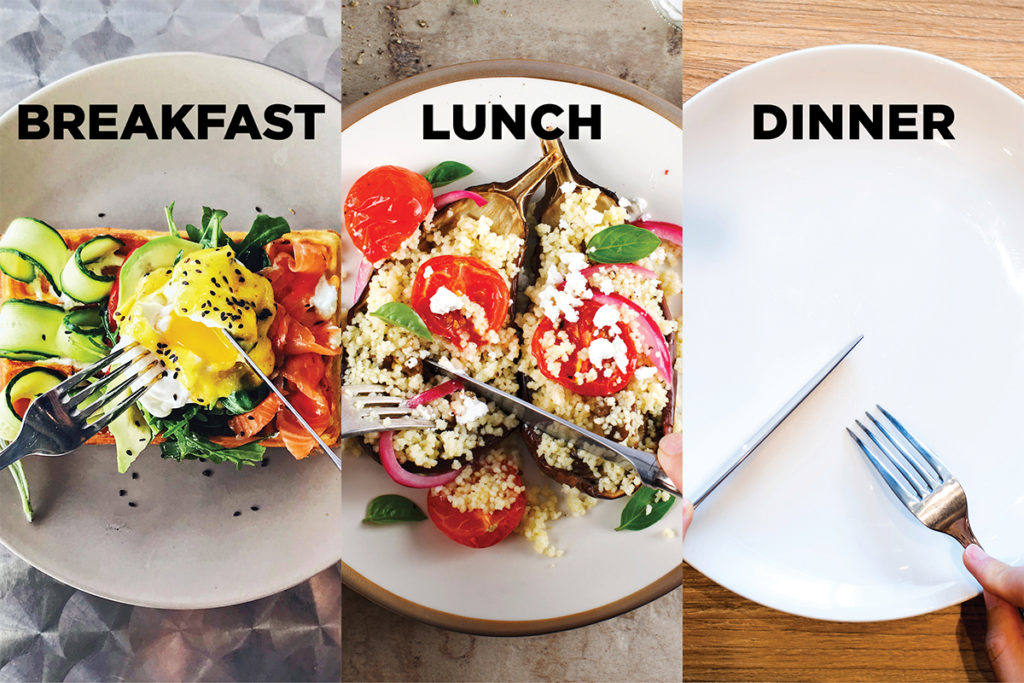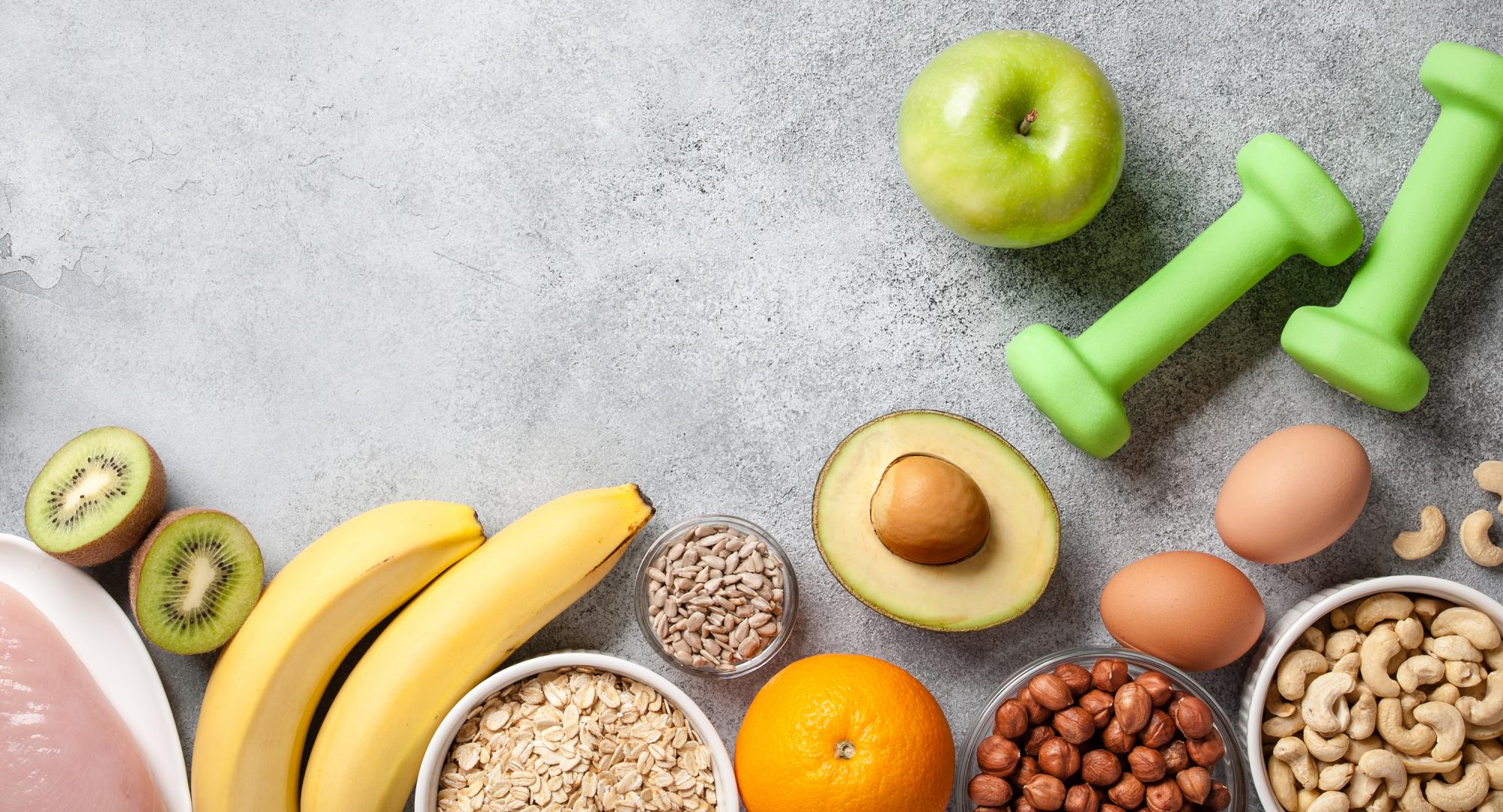
A good cookbook should contain easy-to-prepare and delicious recipes. These recipes are healthy and can improve your life. You can make tasty meals using whole foods. These are just a few suggestions to help you get started. The first tip is to cook your own food. You will be able to save money while eating healthy. Make sure you're getting enough protein, fiber, and other nutrients.
Another important tip is to keep the portions small and keep your cooking time to a minimum. It's not easy to cut back on the food you eat, especially when cooking for your family. You should still be mindful of your portions. A one-dish meal will cost you less than two servings of a full-sized pizza. You will have more energy for your business if you take the time to cook.

It's a great tip to help you improve your health by sharing photos of your homemade meals on social media. Whether you're a beginner or a seasoned pro, finding people who have a similar diet and lifestyle as you can inspire you to cook for others. It's a great way for you to experiment with new recipes and expand your palate. It's a wonderful way to get the validation and support you need for a healthy eating plan.
An analysis of health cooking videos on Facebook revealed that it is a powerful way to educate and motivate young adults. While participants reported they would make the recipes at home, they also indicated that they would need to be tested on their ability to follow the instructions. The authors found that the ability and motivation to cook the recipes was crucial for successful changes in behavior. Apple Corp.'s video editing software, iMovie For Mac, was used to create the videos.
These videos were also a great way for kids to learn about healthy cooking and eating. This video is both entertaining and informative. Participants found them helpful and useful. A few cooking videos had a Spanish-speaking peer-promoter. The voiceover, background music, presentation of healthy foods, and background music were also well received by focus groups. The video is extremely informative and has a positive influence on children.

A great way to teach kids about healthy cooking is to plant vegetables. This can be a subtle push to encourage them to eat healthier foods. Healthy food is available for all ages. The program now includes a strong Health Promoter Program. This program trains volunteers to be health advocates in their local community kitchens. Its goal: to train them in health cooking.
FAQ
How can I get enough vitamins
The majority of your daily needs can be met through diet alone. Supplements are an option if you are low in any vitamin. Multivitamin supplements can be taken that contain all the vitamins you need. Or you can buy individual vitamins from your local drugstore.
Talk to your doctor about the best foods for vitamins if you're concerned about not getting enough nutrients. For example, dark green leafy vegetables such as spinach, broccoli, kale, collard greens, turnip greens, mustard greens, bok choy, romaine lettuce, arugula, and Swiss chard are rich in vitamins K and E. Other good sources include oranges, tomatoes, strawberries, cantaloupe, carrots, sweet potatoes, pumpkin, and squash.
Ask your doctor if there is any doubt about how much vitamin you should be taking. Based on your medical history and your current health, your doctor can recommend the correct dosage.
What is the difference of fat and sugar?
Fat can be a source of energy that is obtained from food. Sugar is naturally found in fruits and veggies. Both sugars and fats have the same calories. Fats have twice the calories of sugars, however.
Fats can be stored in the body, which can lead to obesity. They cause cholesterol buildup in arteries which may lead to heart attacks and strokes.
Sugars are quickly absorbed and provide instant energy. This causes blood glucose levels in the body to rise. High blood sugar levels can cause type II diabetes.
How can I live the best life possible every day?
Find out what makes YOU happy. This is the first step in living a life that you love. You can then work backwards once you know what makes YOU happy. You can also inquire about the lives of others.
You can also check out books like "How to Live Your Best Life" from Dr. Wayne Dyer. He talks about finding happiness and fulfillment in all aspects of our lives.
Statistics
- According to the Physical Activity Guidelines for Americans, we should strive for at least 150 minutes of moderate intensity activity each week (54Trusted Source Smoking, harmful use of drugs, and alcohol abuse can all seriously negatively affect your health. (healthline.com)
- This article received 11 testimonials and 86% of readers who voted found it helpful, earning it our reader-approved status. (wikihow.com)
- nutrients.[17]X Research sourceWhole grains to try include: 100% whole wheat pasta and bread, brown rice, whole grain oats, farro, millet, quinoa, and barley. (wikihow.com)
- WHO recommends reducing saturated fats to less than 10% of total energy intake; reducing trans-fats to less than 1% of total energy intake; and replacing both saturated fats and trans-fats to unsaturated fats. (who.int)
External Links
How To
What does the word "vitamin" mean?
Vitamins are organic substances found naturally in food. Vitamins are essential for our bodies to absorb nutrients from the foods we eat. Vitamins are not made by the body, so they must be obtained through food.
There are two types vitamins: water soluble or fat soluble. Water-soluble vitamins dissolve easily when they are dissolved in water. Vitamin C,B1(thiamine), B2 (2riboflavin), and B3 (3niacin), as well as vitamin C,B1, B2 (riboflavin), and B3 (niacin), vitamin B6 (pyridoxine), vitamin folic acid (biotin), pantothenic, and choline are examples. The liver and fat soluble vitamins are stored within the liver and in fatty tissue. Vitamin D, E, K and A are some examples.
Vitamins are classified based on their biological activity. There are eight major groups of vitamins:
-
A - essential for normal growth and maintenance of health.
-
C - important for proper nerve function and energy production.
-
D - necessary for healthy bones and teeth.
-
E is required for good vision and reproduction.
-
K - required for healthy muscles and nerves.
-
P - Vital for strong bones and teeth.
-
Q - Aids digestion and iron absorption
-
R - Required for red blood cell production
The recommended daily allowance (RDA) of vitamins varies depending on age, gender, and physical condition. The U.S. Food and Drug Administration, (FDA), sets the RDA value.
For adults 19 years and over, the RDA of vitamin A is 400mg per day. Because it is essential for the development of the fetus, pregnant women should consume 600 micrograms per daily. Children ages 1-8 require 900 micrograms per day. Babies under one-year old require 700 mg per day. Between 9 and 12 years of age, however, this drops to 500 mg per day.
Children between the ages of 1-18 need 800 micrograms per daily for obesity, while children overweight require 1000 micrograms. Children underweight or obese will need 1200 mg per day.
Children ages 4-8 years who have been diagnosed with anemia need 2200 micrograms per day of vitamin C.
Adults over 50 years of age need 2000 micrograms per day for general health. Mothers who are pregnant, nursing, or have a high nutrient need will require 3000 micrograms a day.
Adults over 70 need 1500 micrograms daily, as they lose 10% of their muscle every ten years.
Women who are pregnant and lactating need more nutrients than the RDA. Pregnant women require 4000 micrograms daily during pregnancy, and 2500 micrograms every day after birth. Breastfeeding mothers need 5000 mg per day when breastmilk is being produced.